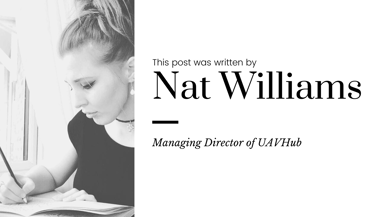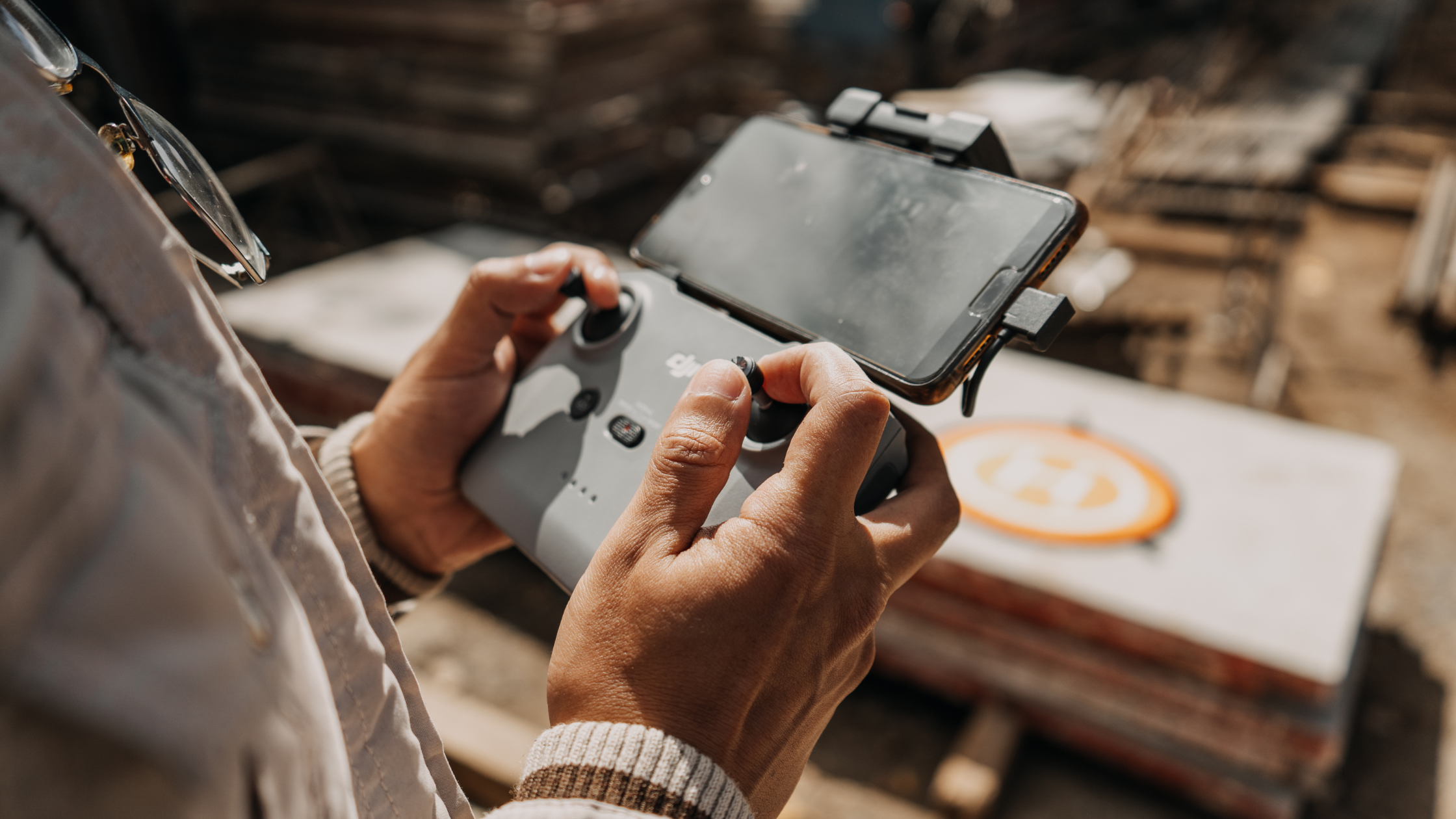What is the Self Declaration?
Simply put, the A2 Self-declaration is a document which you'll have to electronically sign before you're allowed to undertake your theory exam.
This is a declaration of competency of flight manoeuvres, and understanding how to effectively and proficiently operate a drone.
What are the practical requirements for the Self-Declaration?
Prior to being able to take your A2 Theory Examination, you must self declare that you have practised a number of competencies. This is a CAA requirement and means you don't need to do a flight test for the A2 C of C!
The information provided below is directly from the CAA and outlines the things you must be aware of and be able to complete with your drone, in order to 'self-declare' that you are capable of operating safely in the A2 Subcategory of the Open Category...
Practical Training Self-declaration
Prior to sitting the theory examination of the A2 C of C, you as the Remote Pilot must self declare that you that have practised a number of competencies.
You should perform as many flights as you deem necessary to gain a reasonable level of knowledge and the skills to operate the UAS you intend to fly.
The planning requirements shall be covered in the classroom.
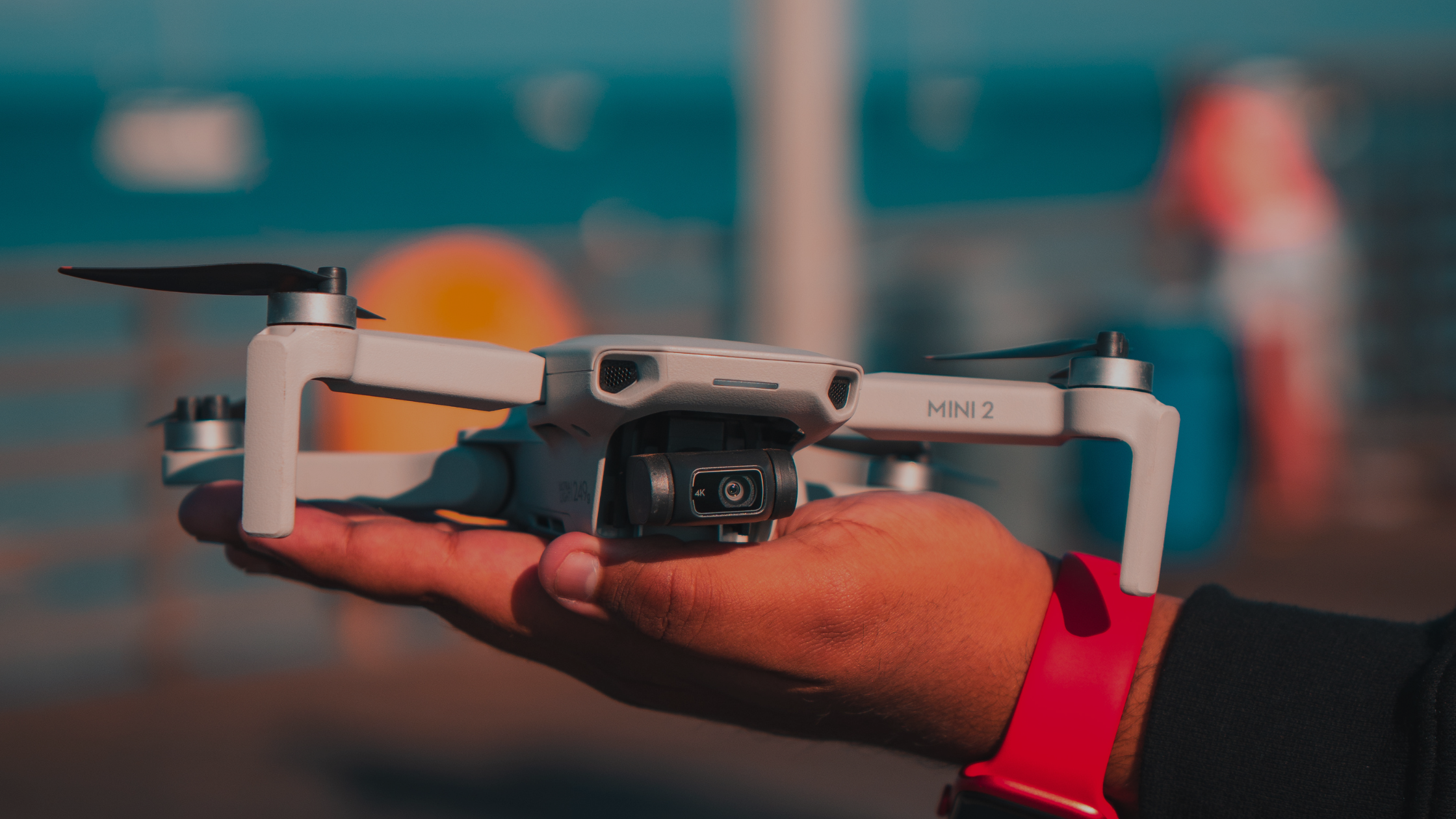
The following list of practical competencies should be considered:
Preparation of the Drone
- Do you know how to check if you are in a Flight Restriction Zone?
- Have you modified the aircraft and is the payload compatible with the aircraft?
- Is the aircraft suitable for flying in the A2 Subcategory? ie:
- Is the aircraft a C2 certified aircraft.
- If the aircraft is a 'legacy' aircraft is it
- Between 500g - 2000g (MTOM)
- A2 Transitional Provision
- Between 250g - 500g (MTOM
- A1 Transitional Provision
- Between 500g - 2000g (MTOM)
- Do you know how to do a Flight Plan?
- Do you know how you would react if uninvolved people strayed into your flight path?
- Can you do a risk assessment?
- Can you check current meteorological conditions and the weather forecast for the time planned for the operation?
Preparation for the Flight
- Can you correctly set up your aircraft?
- Do you know how to check if your propellors, batteries and gimbal are secure?
- Do you know how to update the software/firmware of the aircraft?
- Do you know how to calibrate your aircraft?
- IMU
- Compass
- Do you know how to check the status of the battery?
- Do you know how to update the geo-awareness system?
- Do you know how to set the height limitation (if required)?
Flying the Drone
- Do you know how to manually take-off?
- Can you:
- hover the aircraft
- perform coordinated large turns
- perform coordinated tight turns
- perform straight flight at a constant altitude
- change direction, height and speed
- follow a path
- return the aircraft towards yourself after the unmanned aircraft has been placed at a distance that no longer allows its orientation to be distinguished (in case of multirotor unmanned aircraft)
- perform a horizontal flight at a different speed (critical high speed or critical low speed), in case of fixed-wing unmanned aircraft;
- Do you know how to keep the unmanned aircraft outside no-fly zones or restricted zones, unless holding an authorisation
- Do you know how to use some external references to assess the distance and height of the unmanned aircraft
- Can you perform a return to home procedure — automatic or manual
- Do you know how to safely land the unmanned aircraft?
- In the case of a fixed-wing drone can you perform a landing procedure and missed approach?
- Do you know how you could maintain a sufficient separation from obstacles
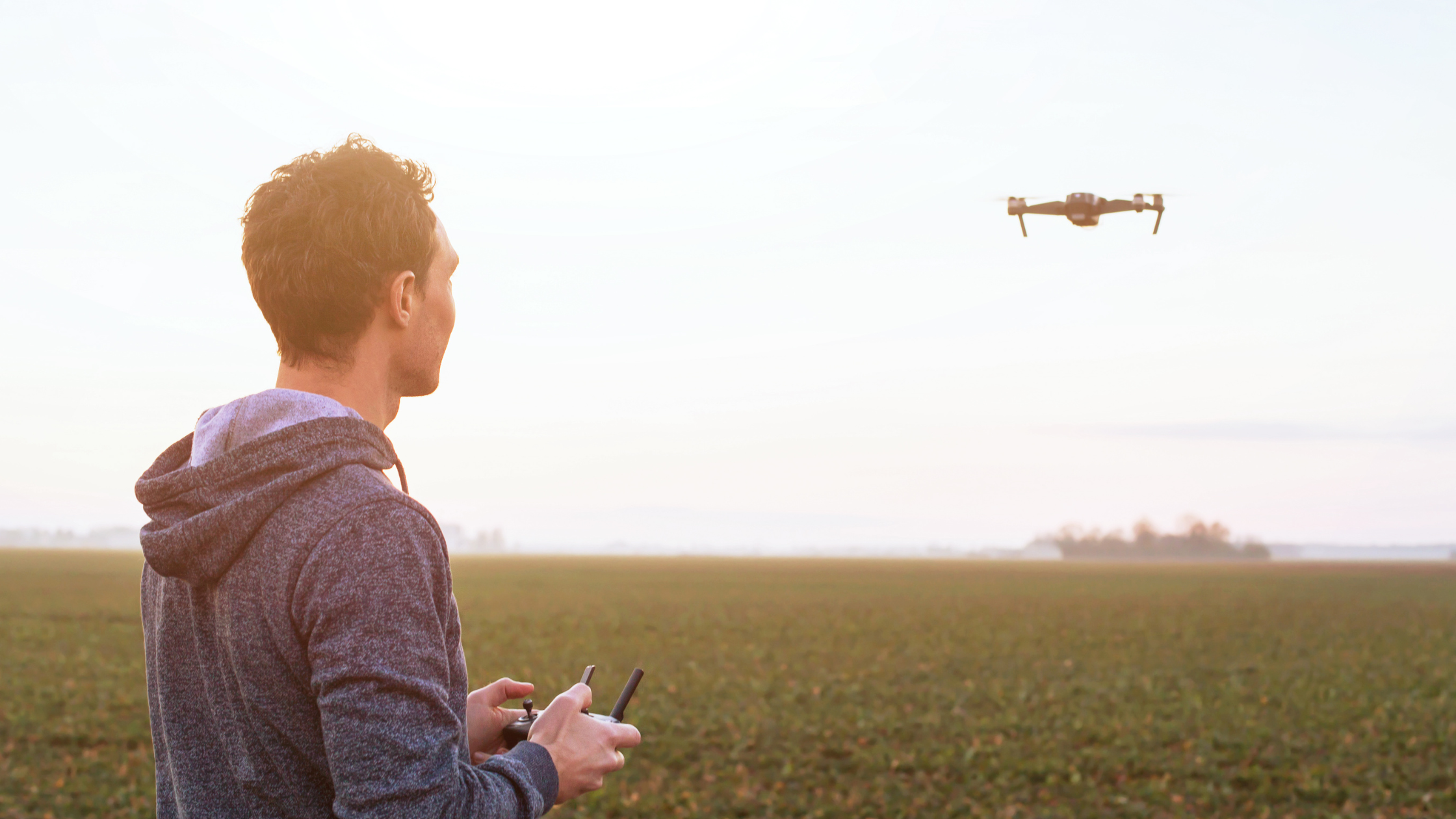
Flying under abnormal conditions
- Can you manage the drone's flight path in abnormal situations?
- Could you manage a situation when the drone positioning equipment is impaired;
- ie. GPS signal is lost?
- Do you know how to manage a situation of an incursion of a person into the area of operation, and take appropriate measures to maintain safety?
- How would you react and manage the exit from the operation zone as defined during the flight preparation?
- How would you manage the incursion of a manned aircraft near the area of operation?
- How would you manage the incursion of another unmanned aircraft in the area of operation?
- What action would you take to resume manual control of the drone when automatic systems render the situation dangerous do you have a loss of link procedure?
- Do you know how to do a Briefing, debriefing and feedback including:
- Conducting a review of the Unmanned Aircraft operation; and
- How to identify situations when an occurrence report is necessary and complete the occurrence
report.
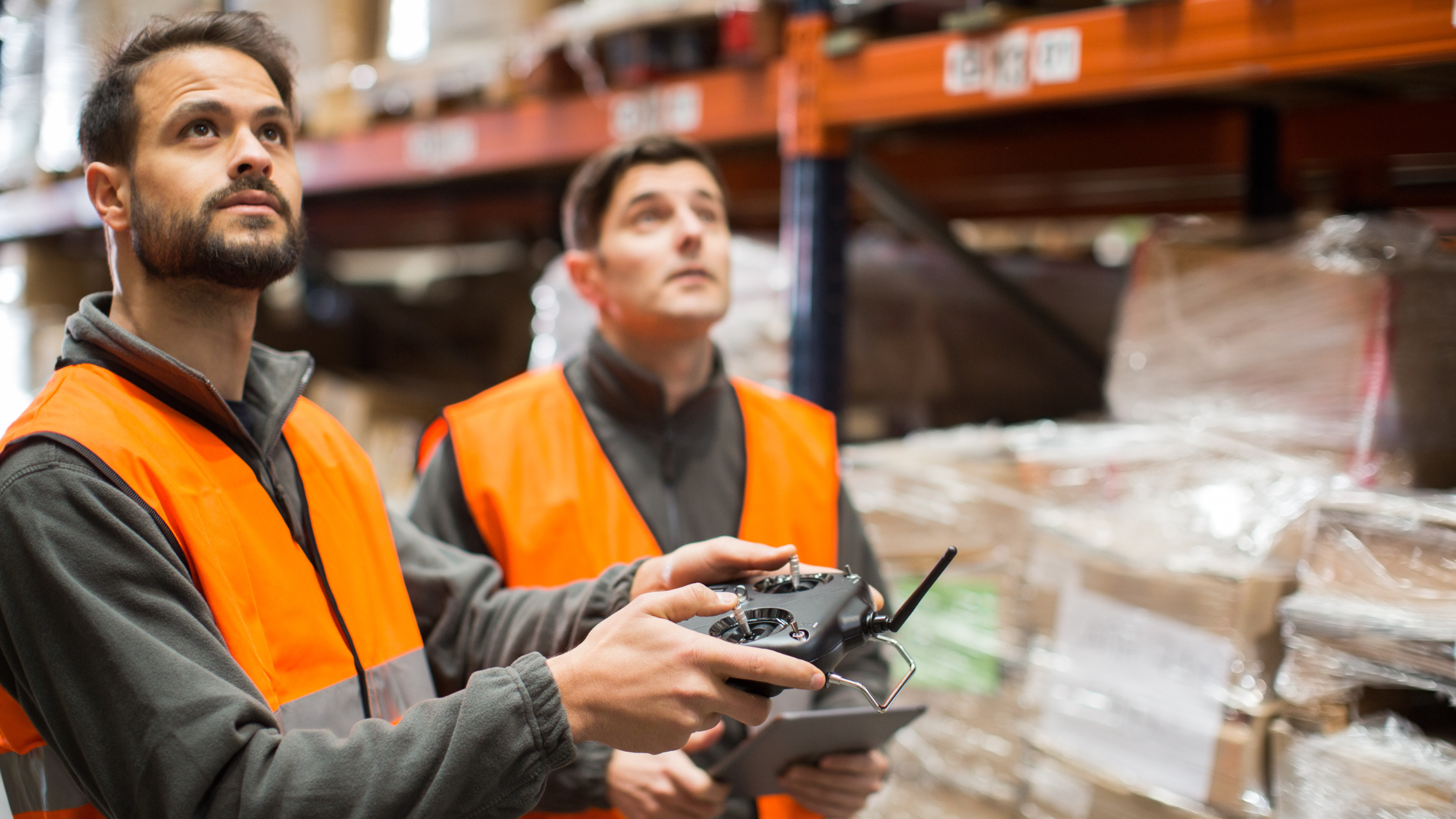
Conclusion
So if you are currently enrolled in our A2 C of C, why can't you access those now?
-To make things as simple as possible, trust in us to provide you with the things you need, as and when you need them. Both our Resource Library, and A2 C of C Self-declaration will become unlocked and appear within your course modules once you've finished the e-learning in full.
Get in on the conversation, the guys are chatting all about the self declaration on Episode 45 of the Blue Skies Podcast listen here.
If you have any further questions about your self declaration, please don't hesitate to drop the team an email at : hello@uavhub.com
